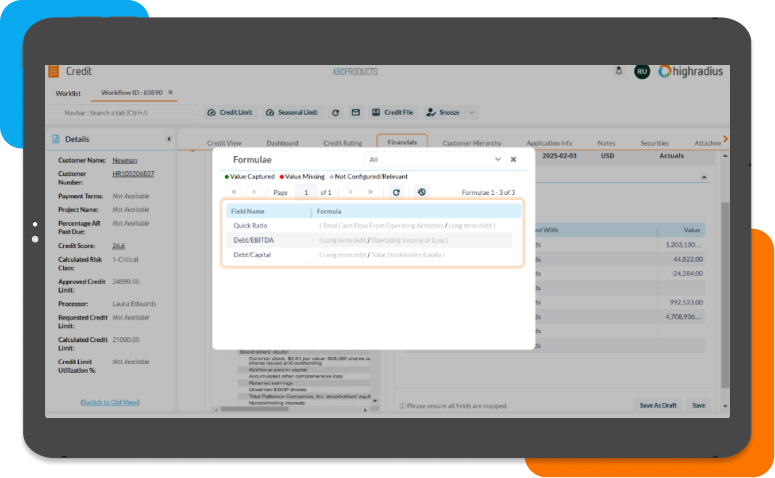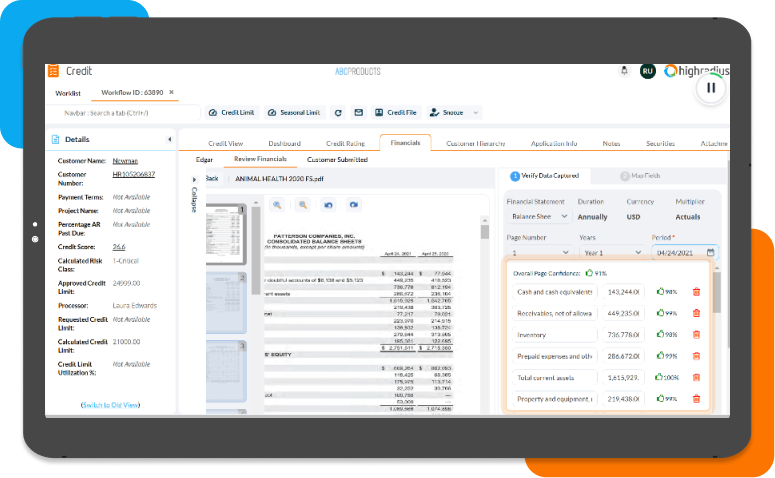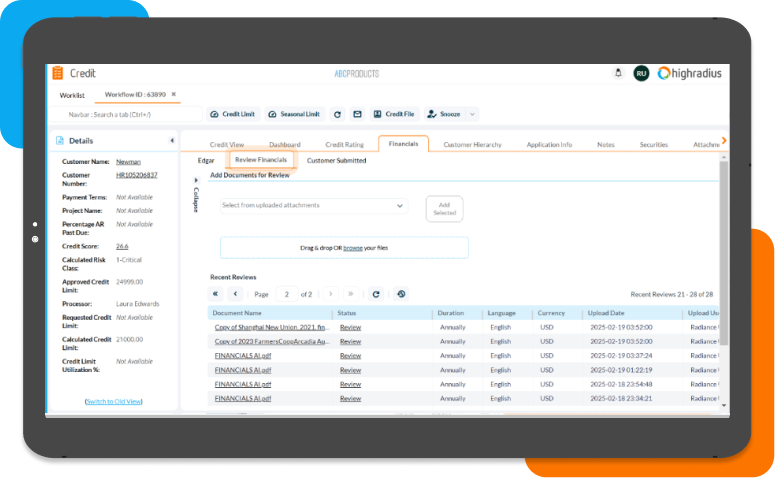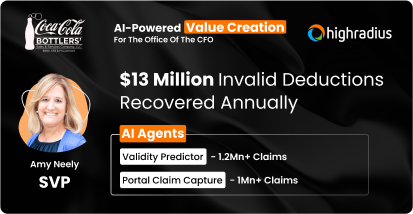Automated Financial Data Extraction
AI-powered financial data aggregation and extraction for precise credit evaluation.
- Extract data from 15+ public financial sources instantly.
- Upload private financials and let AI handle the rest.
- Spend less time on data prep and more on strategy.
Trusted by 1100+ Global Businesses
Make informed decisions with better financial insights
Just complete the form below




















